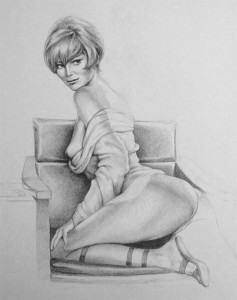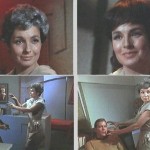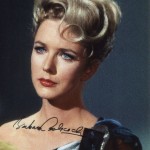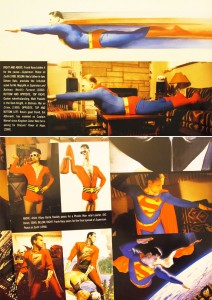I came upon the artworks of the Dry Brush portrait master, Igor Kazarin. You have to check out this technique and his work. It is simply amazing. The speed at which he is able to paint a portrait with this dry brushing technique is mind-boggling. About 5 hours for a portrait! You have to see this to believe it. Time to get some paints and brushes!
From Igor Kazarin’s website:
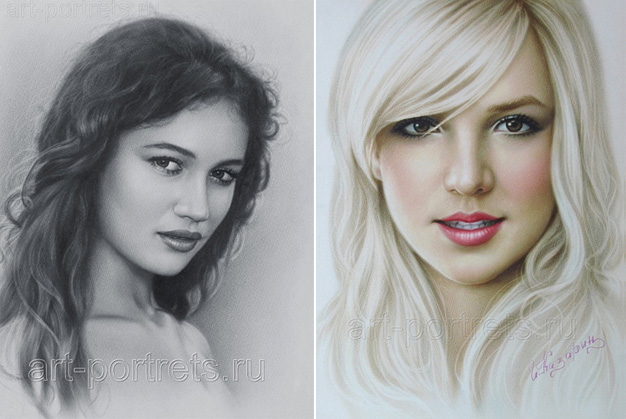
What is a drybrush technique?
Dry brush technique is a modern style of painting in which oil paint, bristle and synthetic brushes are used on watercolour paper or fabric. A few drops of solvent is used as well and a rubber eraser for highlights and details.
Why it is called Dry Brush technique? Black oil paint (of any kind) is squeezed from the tube onto the palette, only a little bit and if desired, 2-3 drops of domestic sewing machine lubricating oil or diesel fuel is added as solvent. Slightly touch the paint with the paintbrush and rub it on a palette so that the brush is actually almost dry.
For a black and white portrait about 0.5 cubic centimeter of black oil paint is enough. Then apply a very thin layer of paint on watercolor paper or fabric. The result: the surface is not greasy when you touch it, therefore you can frame it or roll it up for transport without a frame. At first glance Dry Brush is very similar to pencil portraits. In fact, pencil is actually used: some artists depict the picture initially by drawing a pencil sketch and only then do they start using a brush with oil paint; while other artists do not use pencil at all and use dry brush technique from start to finish – like some of the artists of Moscow’s Arbat street used to do. The most important feature of dry brush technique is that it allows speed drawing with excellent quality in a very short time, so a portrait artist can earn much more money this way than using any other drawing techniques
You can continue this Dry Brushing technique article through Igor Kazarin’s Website.
